The USA boasts an expansive range of hiking destinations that cater to adventurers of all skill levels. From the alpine heights of the Sierra Nevada to the rugged coastline of the Maine, the U.S. is a tapestry of landscapes, each offering a unique set of hiking trails and panoramic views. Hikers can explore the vast wilderness of Alaska’s Tongass National Forest, with its extensive network of trails, or challenge themselves on the steep paths of the Phoenix Mountains Preserve. Whether one seeks serene walks through historic parks or arduous treks up mountain summits, America’s hiking trails provide a diverse playground for outdoor enthusiasts.
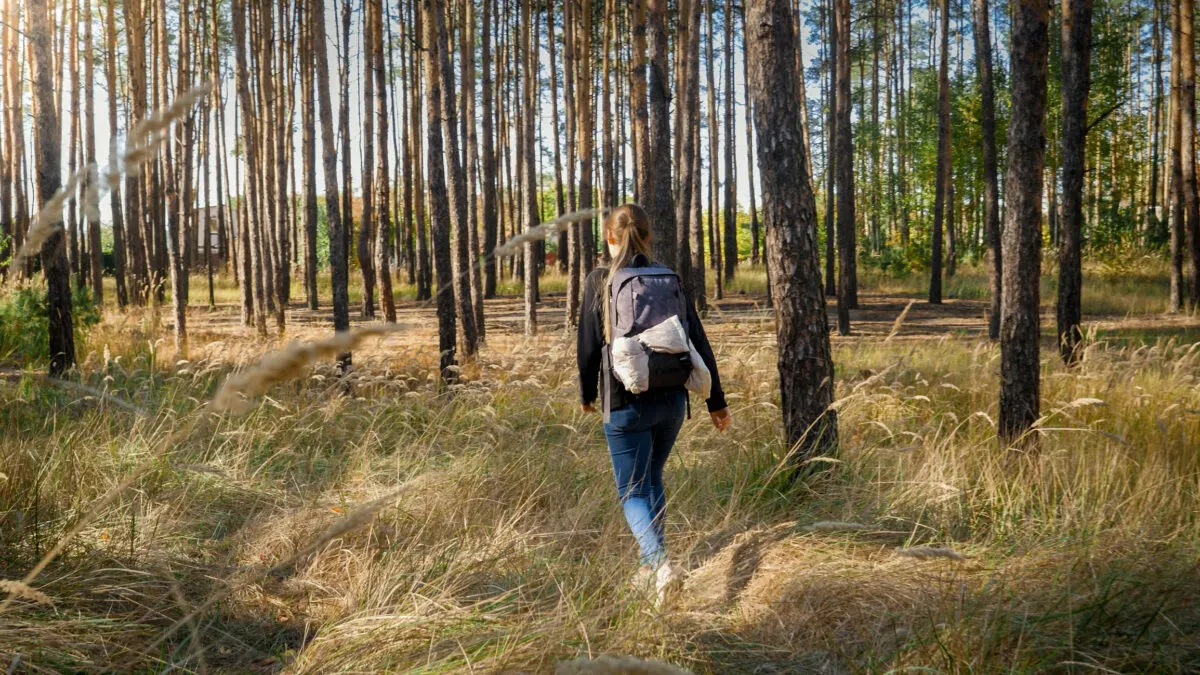
With four distinct seasons, hiking in the U.S. can be a year-round activity with the right preparation and knowledge. Enthusiasts can enjoy the colorful cascade of autumn leaves on the East coast, embrace the crisp air of springtime hikes in the Rockies, or find winter solitude in the snow-capped mountains. Drop by the legendary trails of the national parks, like the Burroughs Mountain Trail for its stunning summer blooms and panoramic views, or visit the iconic Billy Goat Trail for a serene hike within reach from the nation’s capital. Preparedness is crucial, as conditions can vary significantly with elevation and season, underlining the importance of checking hiking trail conditions and weather forecast before heading out.
Key Takeaways
- America offers a wide variety of hiking experiences across diverse landscapes.
- Trails are accessible throughout the year, but require proper preparation and awareness of seasonal changes.
- Safe hiking practices and checking conditions are essential for an enjoyable experience.
Top Hiking Regions in the USA:
We know that America is a hiker’s paradise with the best hiking destinations USA offering regions with diverse terrains and stunning landscapes. From the lush forests of the Pacific Northwest to the majestic Rockies and the awe-inspiring canyons of the Southwest, each area boasts its own unique hiking experiences.
Pacific Northwest Trails Hiking
In the Pacific Northwest, we find trails shrouded in verdant rainforests and punctuated by cascading waterfalls. One of the crown jewels is the Olympic National Park in Washington State, with routes like the Hoh River Trail showcasing towering evergreens and moss-laden paths. Additionally, Oregon’s Columbia River Gorge offers breathtaking vistas, and the chance to witness the power of natural elements along trails like Eagle Creek.

Rocky Mountain Ranges Hiking Destinations
Moving inland, our Rocky Mountain Ranges rise into the skies, embodying the rugged essence of high-altitude hiking. Colorado’s Rocky Mountain National Park hosts the famous Longs Peak and the scenic Emerald Lake Trail.
- Elevation Changes: substantial
- Wildlife Sightings: common
Trails here often cross crystal-clear streams and glassy alpine lakes, inviting hikers to embrace the serenity of the high-country wilderness.
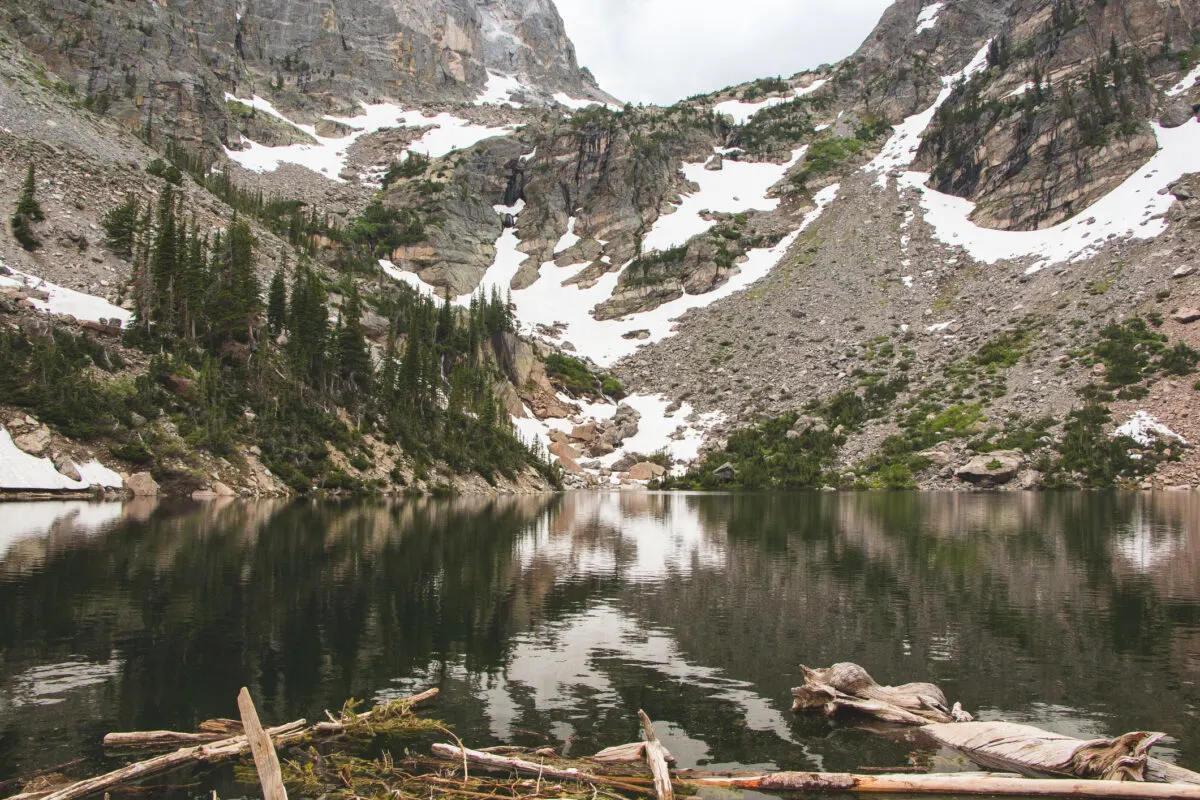
Southwest Canyons Hiking
Down in the Southwest, our canyons carve deep into the earth, revealing layers of geological history. Arizona’s Grand Canyon National Park provides a network of trails that descend into the canyon, like the iconic Bright Angel Trail. Utah’s Zion National Park and Bryce Canyon boast sandstone cliffs and otherworldly rock formations, offering a dramatic backdrop for hikes like the Angel’s Landing and the Navajo Loop Trail.
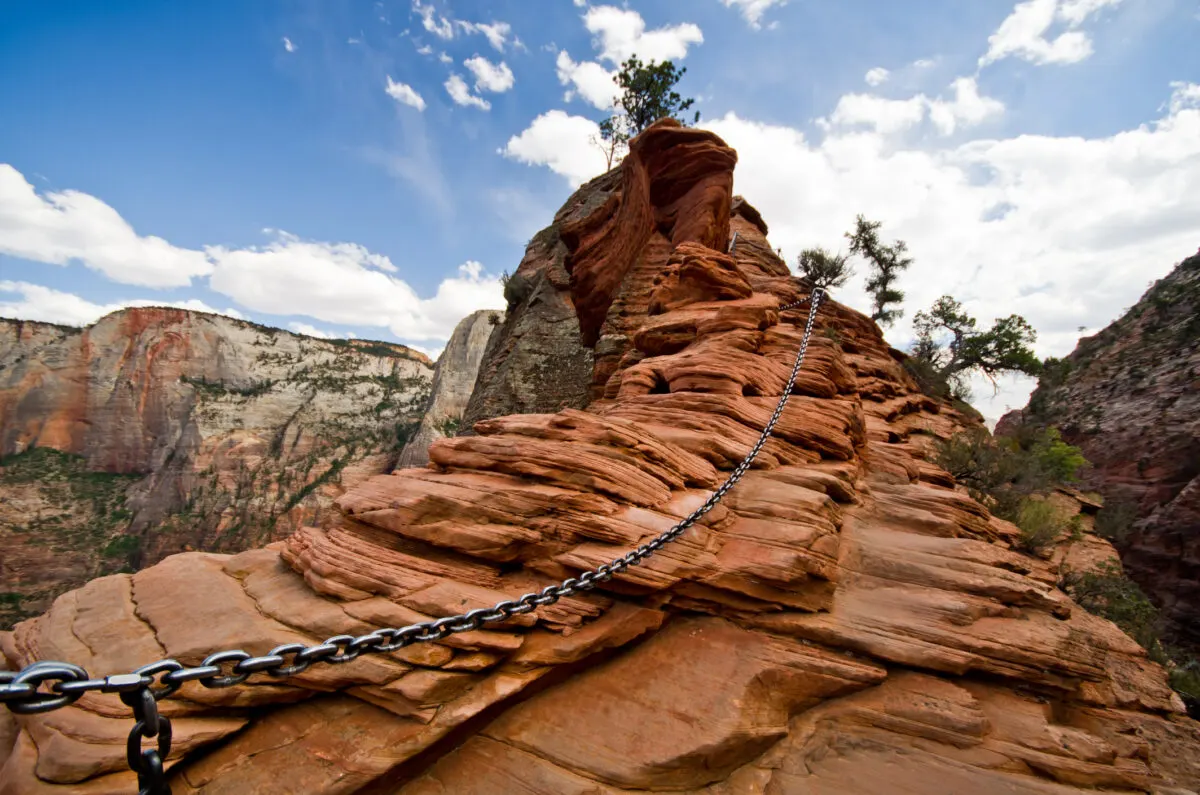
- Spirit of Adventure: high
- Heat and Sun Exposure: intense
Here, the terrain demands respect and preparation, but the views are invariably rewarding.
Iconic National Parks for Hiking
When we explore the best hiking destinations in the USA, few experiences compare to the trails of its iconic national parks. From majestic peaks to geothermal wonders, these parks offer unforgettable hiking opportunities.
Yoesmite National Park
Location: California
Famous Hike: Mist Trail to Vernal Falls
Details:
- Distance: ~4 miles
- Elevation Gain: 1,279 feet
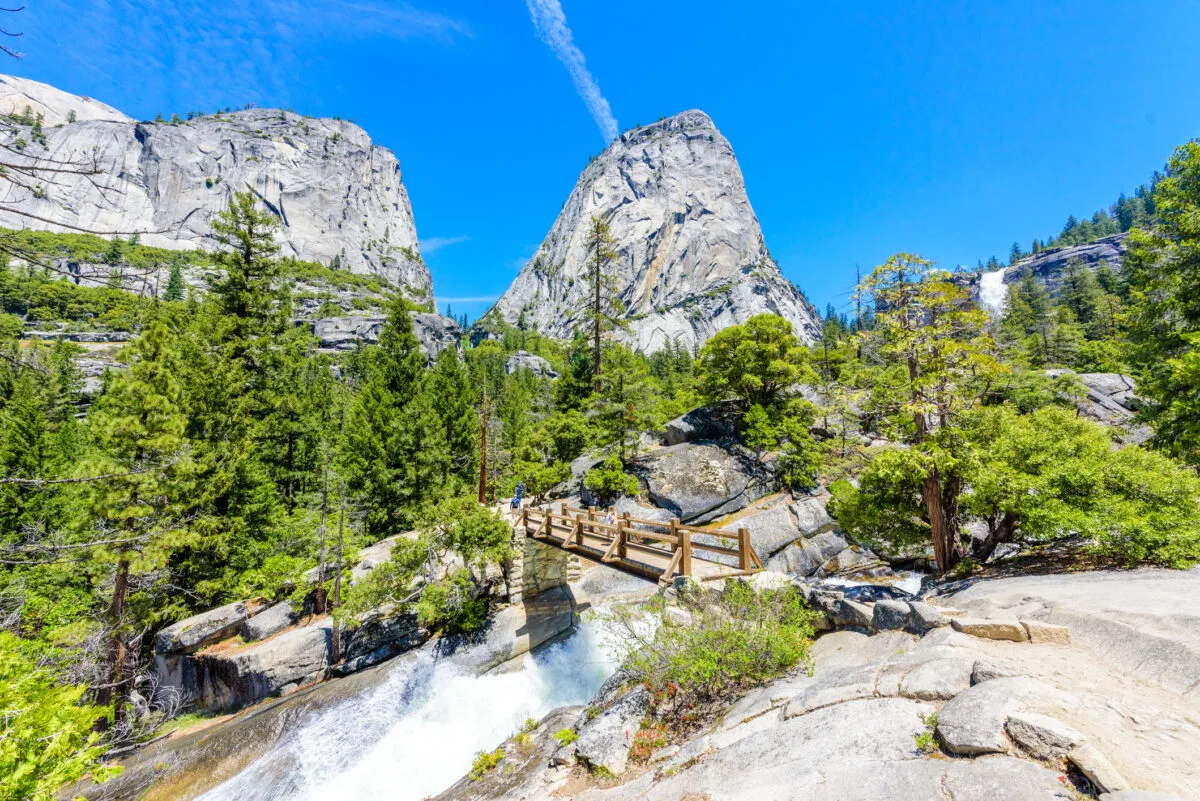
Yosemite is a hiker’s haven with its sheer granite cliffs and towering waterfalls. The Mist Trail gives hikers a close-up view of Vernal Falls, with a moderate four-mile round trip that we can cover in a few hours.
Yellowstone National Park
Location: Wyoming (primarily)
Trail Network: Over 1,000 miles
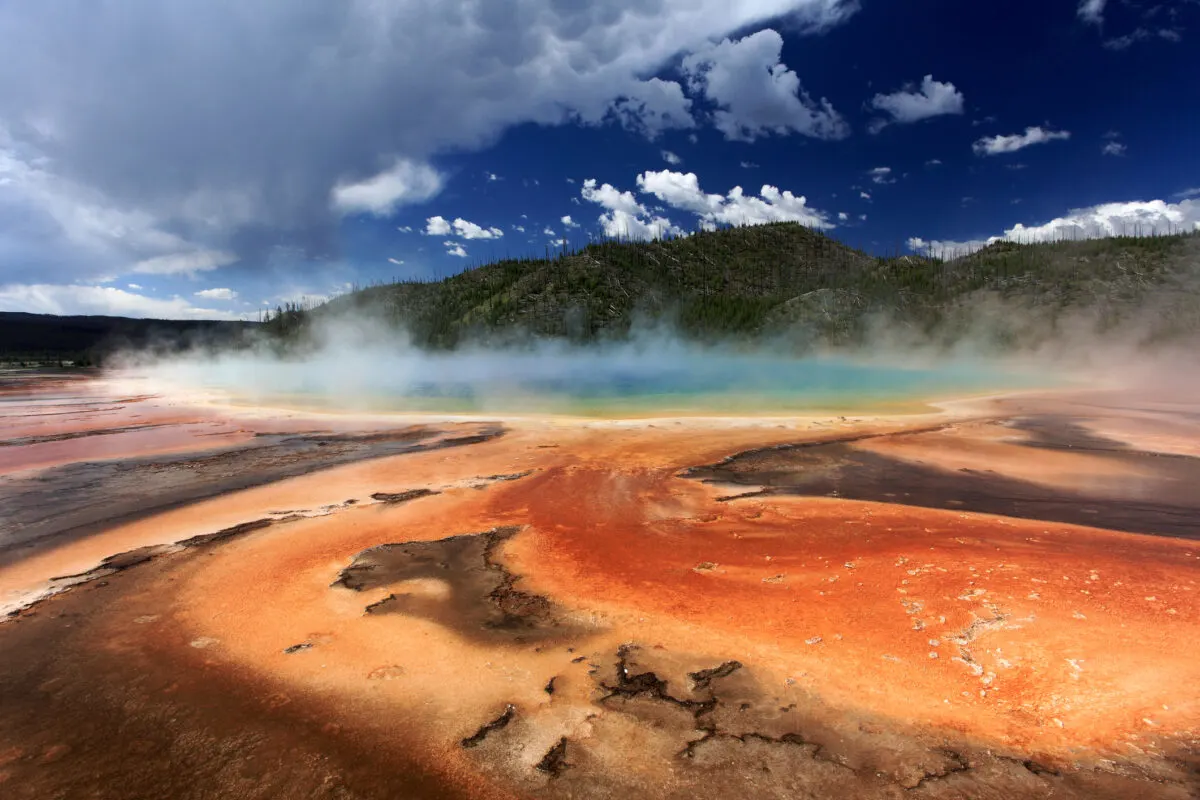
Features to See:
- Geysers
- Hot springs
Yellowstone’s extensive hiking trail system winds through a land of geothermal marvels. We’ll witness the park’s famous geysers and vibrant hot springs as we trek across its rugged backcountry
Grand Canyon National Park
Location: Arizona
Popular Route: Bright Angel Trail
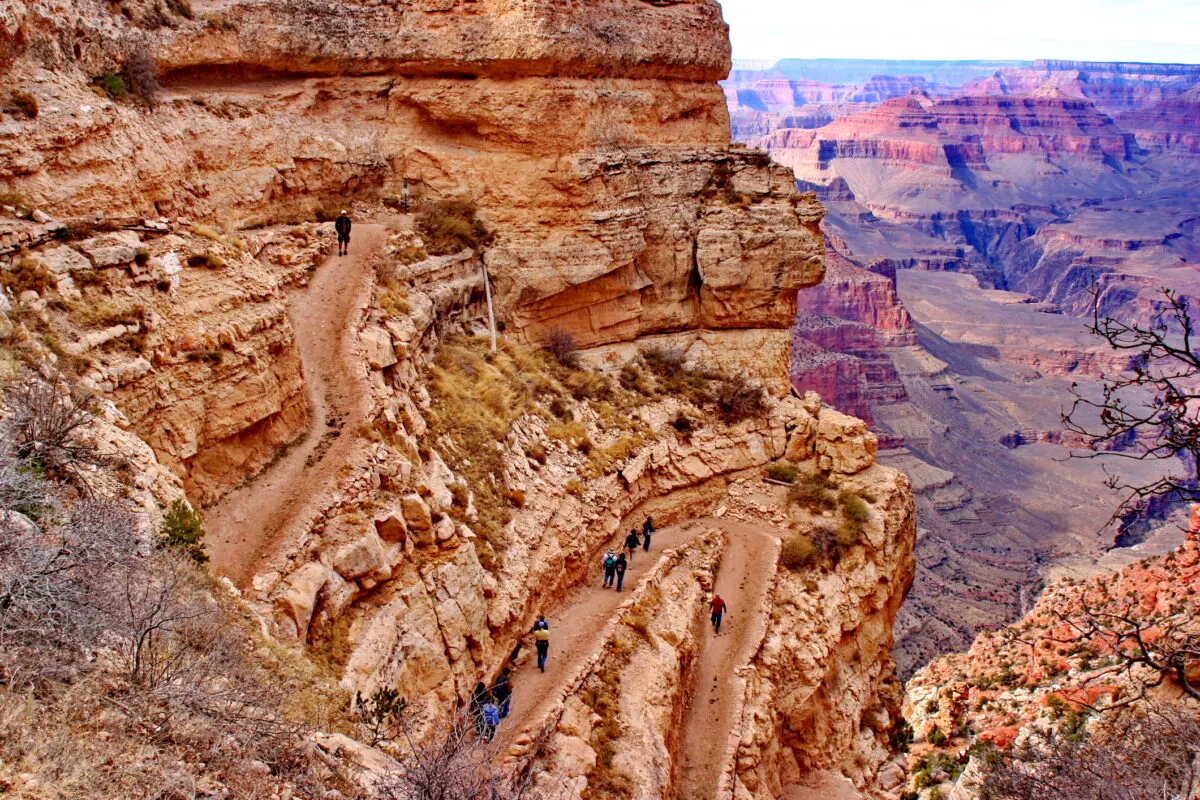
Trail Highlights:
- Distance: Up to 12 miles round trip
- Features: Panoramic canyon views, geological formations
In the Grand Canyon, the Bright Angel Trail provides an immersive experience into the heart of the canyon. We can choose hiking distances suitable for our experience level, all offering stunning views of the park’s grandeur.
Coastal Hikes and Seaside Trails
Our selection of coastal hikes embraces the stunning diversity of the United States shores—from the rugged cliffs of California to the rocky coastlines of Maine and the warm, sandy beaches of Florida.
California Coastal Trails
California offers some of the best hiking destinations in the USA, where you can experience the Pacific’s grandeur. The Trans-Catalina Trail on Santa Catalina Island presents a unique blend of challenge and serenity over 38.5 miles. It’s not just a hike; it’s an encounter with the island’s wildlife and scenic coastlines. For a shorter but no less impressive hiking trail, we recommend exploring Ecola State Park. The Tillamook Head Traverse Hike is a moderate loop, extending approximately 3.6 miles while gaining 900 feet of elevation and providing breathtaking views of the Oregon coastline.
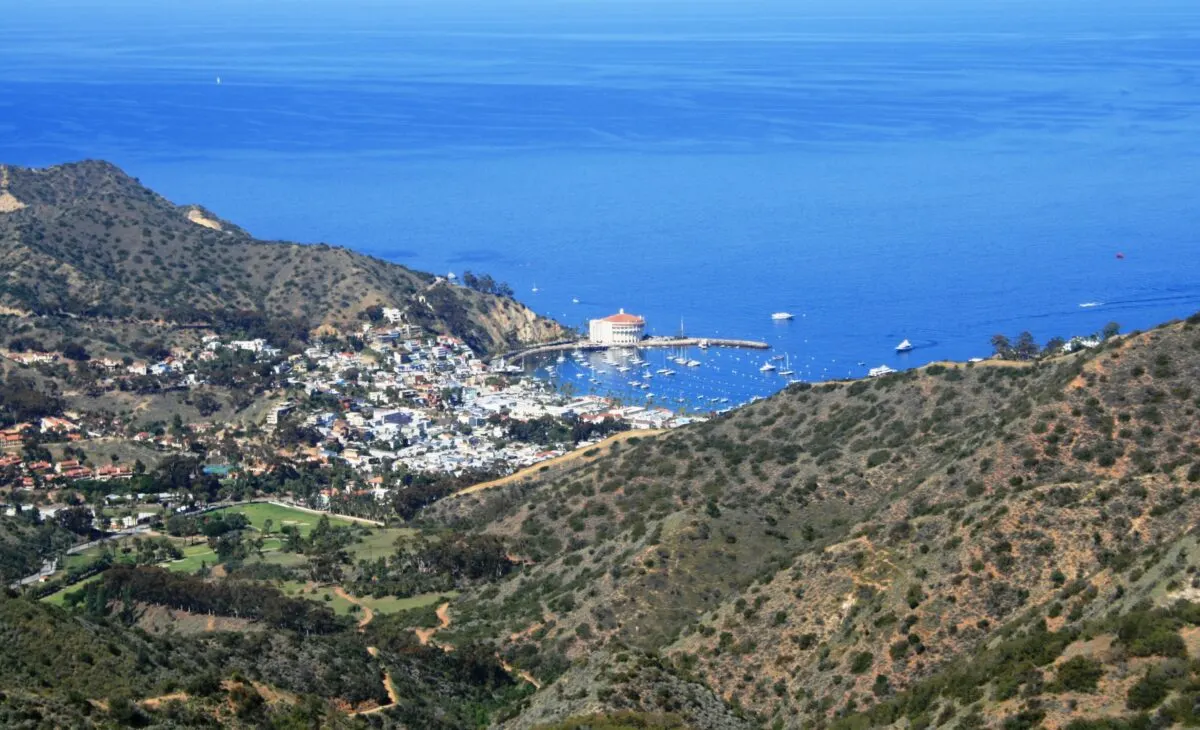
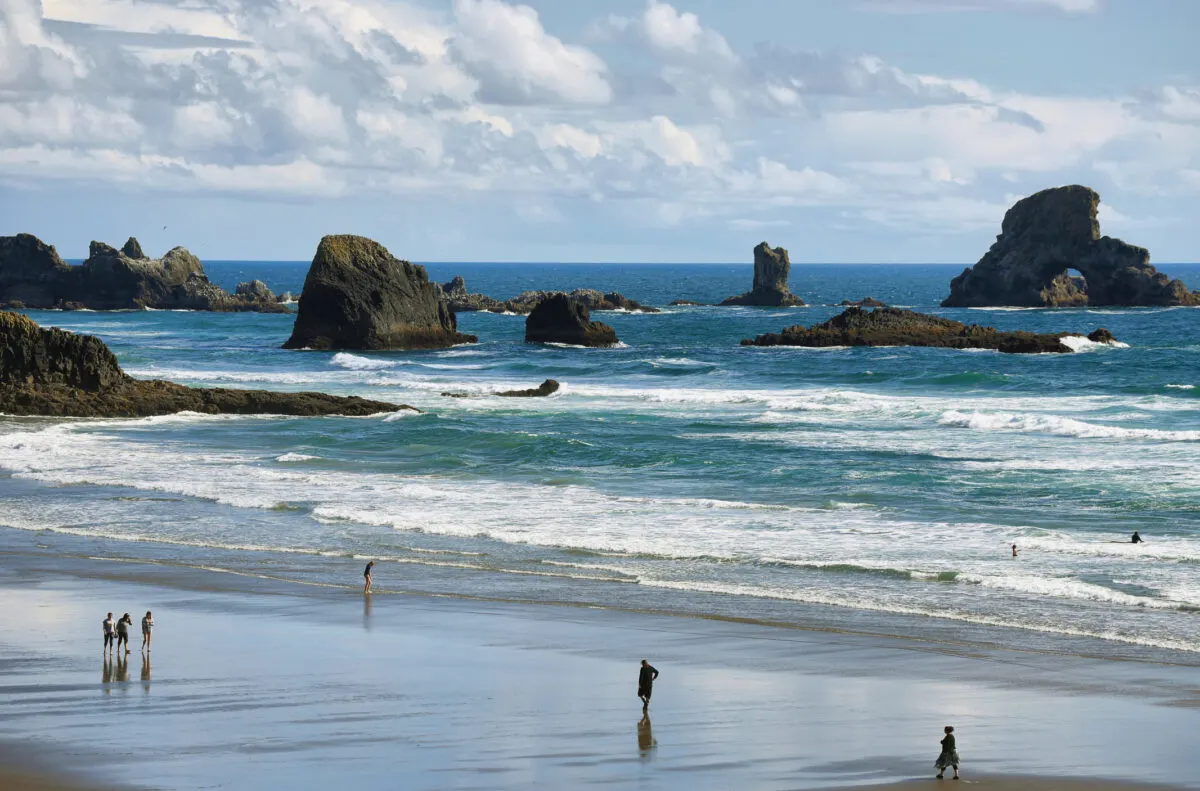
- Trans-Catalina Trail: 38.5 miles
- Ecola State Park – Tillamook Head Traverse: 3.6 miles, 900 ft elevation gain
Maine’s Atlantic Pathways
Maine’s rugged coastal paths are less about the beaches and more about the raw, untouched Atlantic front. The hiking trails here offer a mix of forest and ocean vistas. Arguably the crown jewel, Acadia National Park’s Ocean Path, follows the coastline providing views of the Atlantic against the backdrop of pine-covered mountains. The path stretches over 2 miles, starting from Sand Beach to Otter Point, easily accessible yet spectacular with every step.
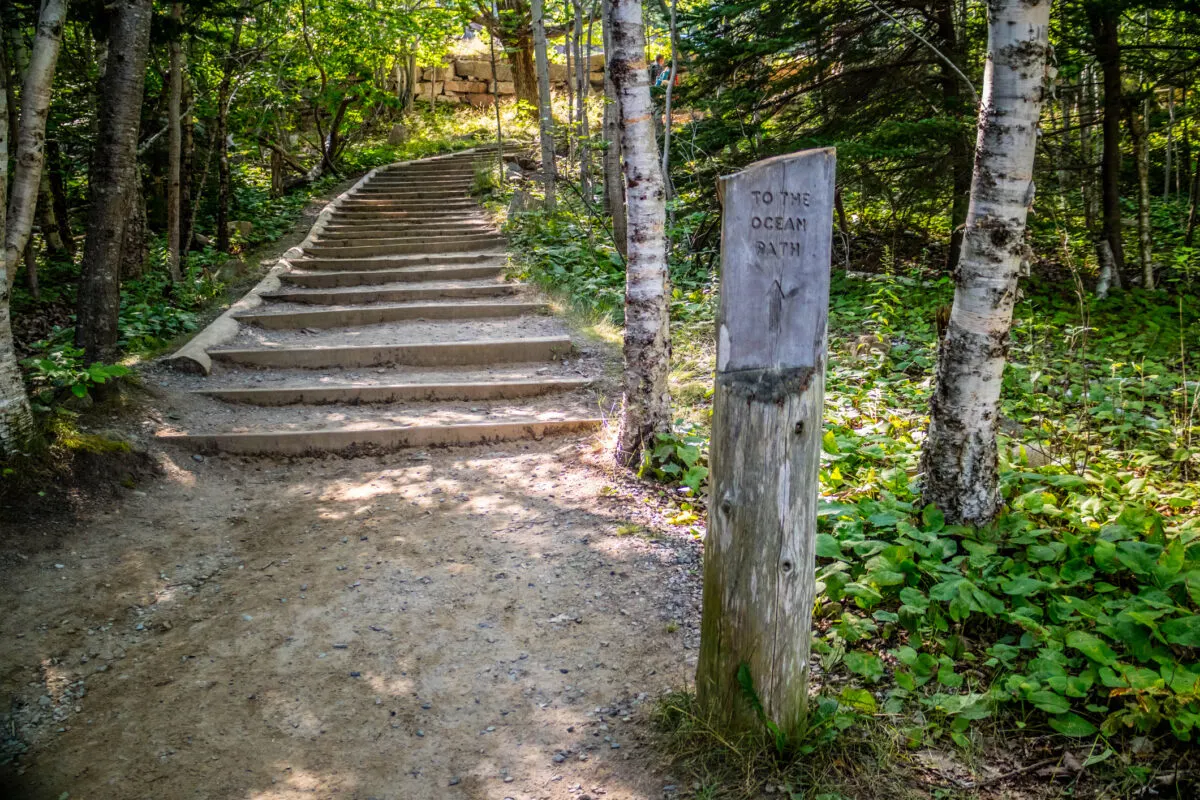
- Acadia National Park – Ocean Path: 2.0 miles
Florida’s Tropical Hikes
Florida’s coastal hikes delight with their lush tropical landscapes and warm beaches. One must-experience trail is the Canaveral National Seashore. It lets hikers enjoy the natural barrier island environment, complete with sandy beaches and a wide variety of flora and fauna. Trails here can range from short walks to longer treks, such as the 5-mile Castle Windy Trail that weaves through coastal hammock trees revealing hidden seaside views.
- Canaveral National Seashore – Castle Windy Trail: 5.0 miles
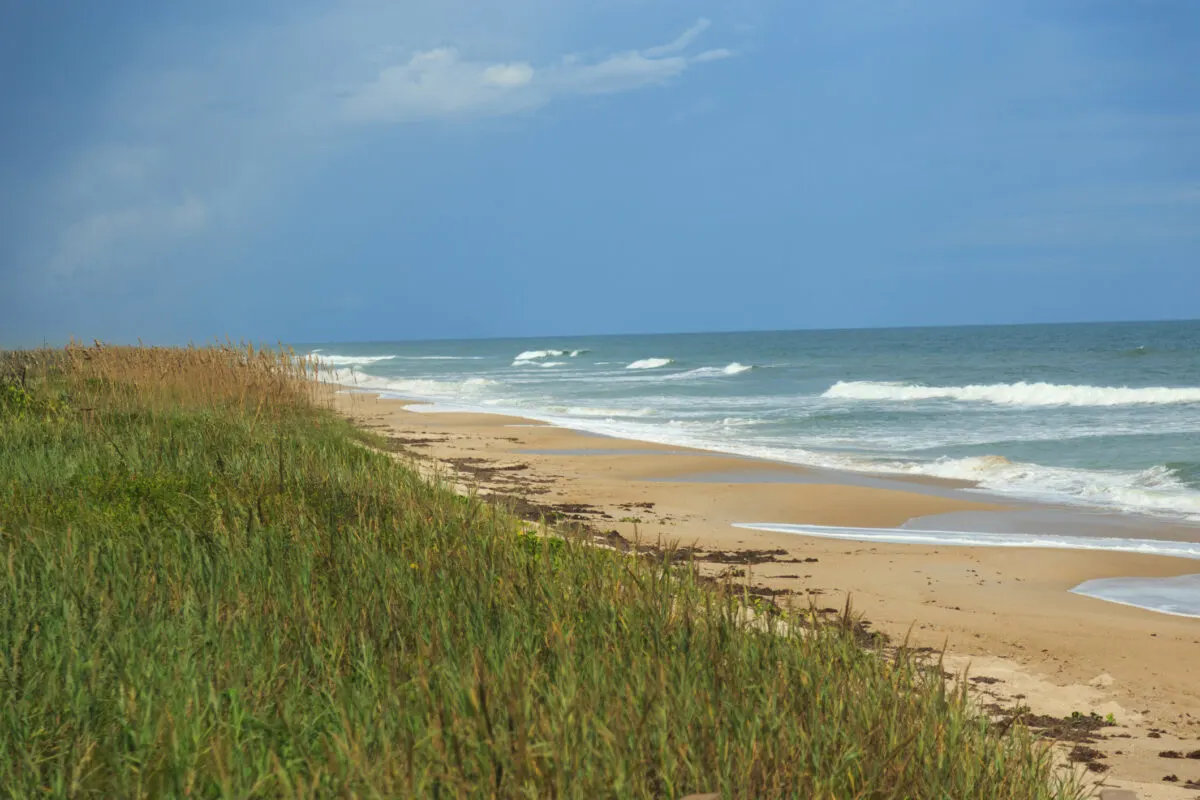
Hiking Safety and Preparedness
When we hit the trails, our safety hinges on two pillars: preparation and awareness. We consider not just the journey itself, but the surprises nature may throw our way. Let’s explore how to navigate wilderness, encounter wildlife responsibly, and manage the whims of weather.
Navigating Wilderness
Navigating the wilderness requires more than a good sense of direction; it demands a skill set:
- Always carry a map and compass: GPS devices are handy, but electronics can fail. Our trusty backup is the traditional map and compass.
- Plan our route and share it: Before departing, we plan our route and inform someone about our itinerary and expected return.
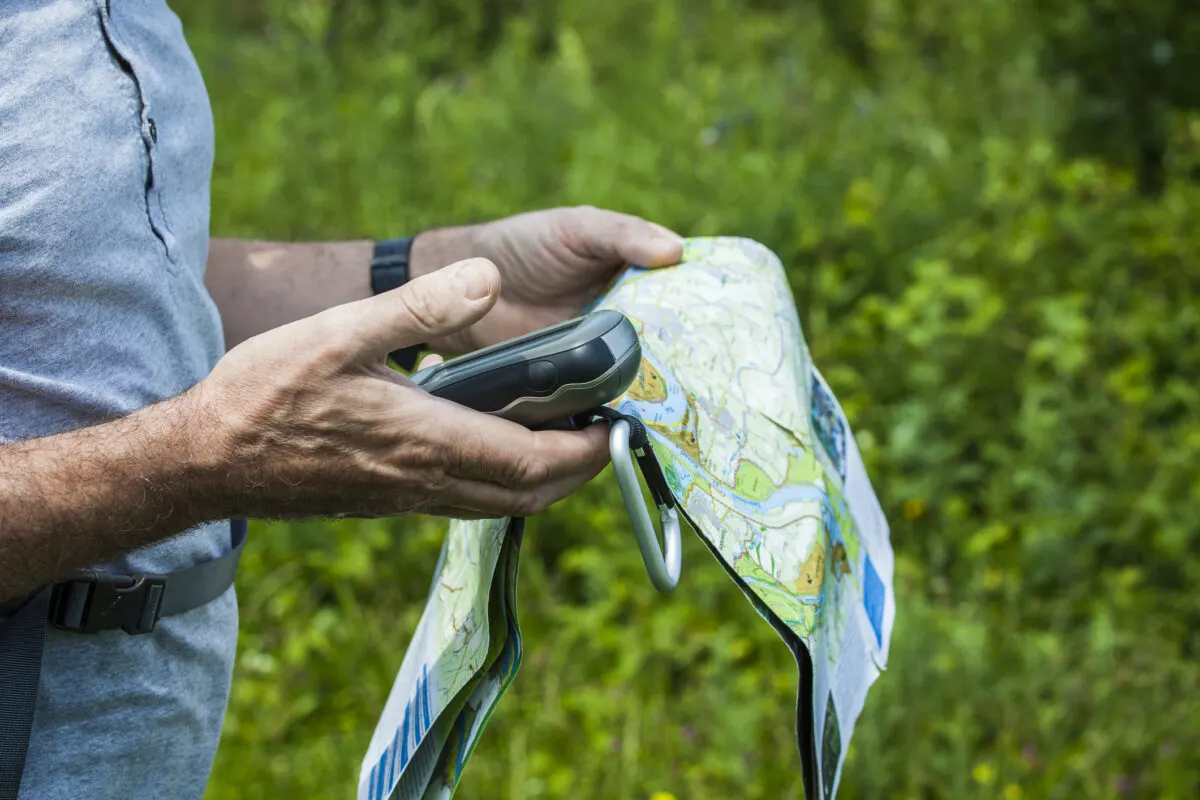
Encountering Wildlife
Wildlife encounters can be thrilling, yet unpredictable:
- Store food properly: To prevent attracting animals, we secure our food in bear-proof containers or hang it between trees.
- Observe from a distance: We keep a safe, respectful distance from wildlife. If an animal changes its behavior because of our presence, we’re too close.
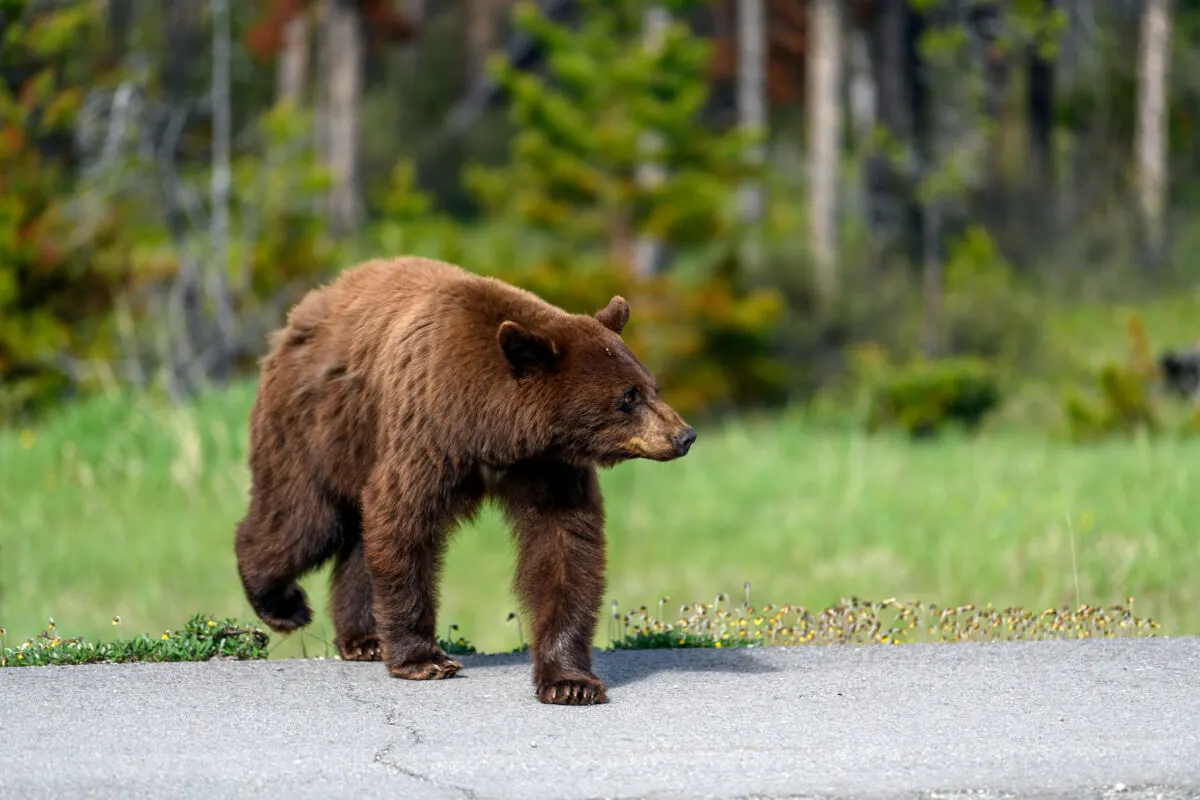
Weather and Climate Considerations
Different trails present unique weather challenges:
- Check the forecast: Before we embark, we check the current weather and the forecast for the duration of our hike.
- Dress in layers: We wear layers that we can add or remove based on temperature changes and varying microclimates.
Frequently Asked Questions
What are the top-rated hiking trails suitable for couples in the US?
Many couples enjoy the romantic and challenging hike to Angel’s Landing in Zion National Park, offering breathtaking views.
Which hiking destinations in the United States are ideal for beginners?
The United States boasts some of the best hiking destinations in the USA, with several beginner-friendly trails, such as the flat terrain of Yosemite Valley in Yosemite National Park and the well-maintained trails in Great Smoky Mountains National Park. Both offer majestic views with manageable paths for those new to hiking.
Can you list the must-visit hikes that should be on everyone’s bucket list in the USA?
Every hiker’s list should include the Half Dome in Yosemite National Park for its iconic crest and the challenging Appalachian Trail for a taste of the diverse eastern wilderness. Also, the picturesque Grand Canyon trails, like the South Kaibab to Bright Angel Loop, promise a once-in-a-lifetime experience.
What are the best hiking vacations in the US for couples?
For couples, a hiking vacation to Glacier National Park offers a mix of adventure and solitude with its serene landscapes. The trails in Aspen, Colorado, are also perfect, combining luxury and wilderness, particularly during the fall for the stunning golden aspen trees.
Which state is considered the premier location for hiking enthusiasts in America?
Colorado stands as a premier hiking destination with its numerous trails like those in Rocky Mountain National Park and the famous fourteener hikes. Its diverse and mountainous terrain provides endless opportunities for exploration and adventure.
What is considered the most iconic hiking trail throughout the United States?
The Appalachian Trail is often regarded as the most iconic trail in the United States, spanning over 2,190 miles from Georgia to Maine. It crosses various landscapes and is a testament to the country’s vast natural beauty.
Walking Holiday and Hiking Packing List
Don’t get caught short on your hiking vacation. Know what to pack for a hiking getaway so you can enjoy your time in the great outdoors.
